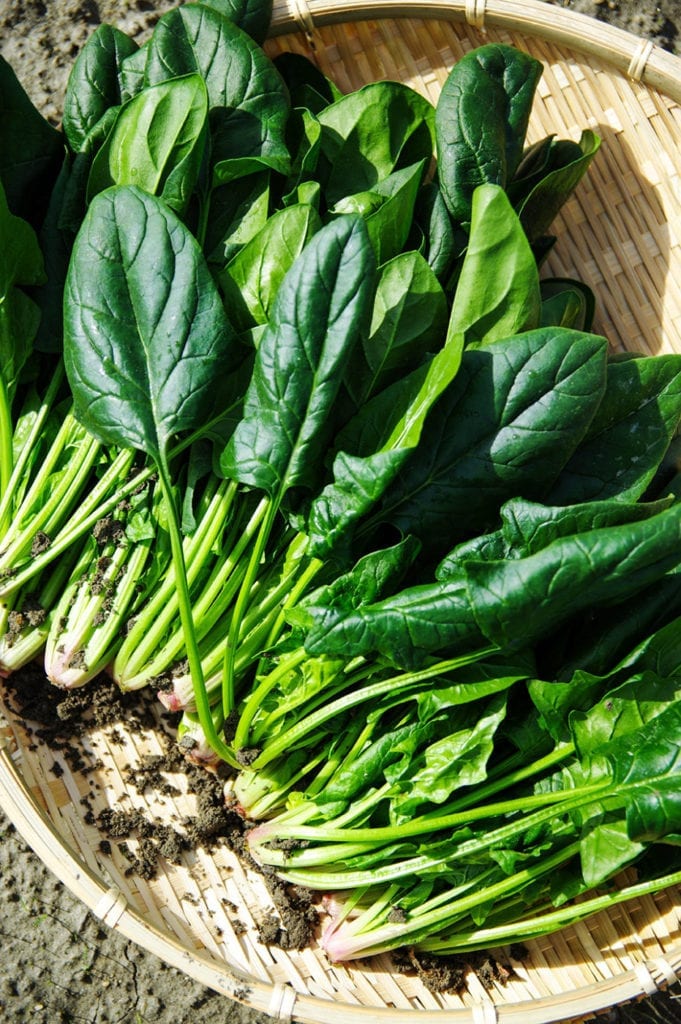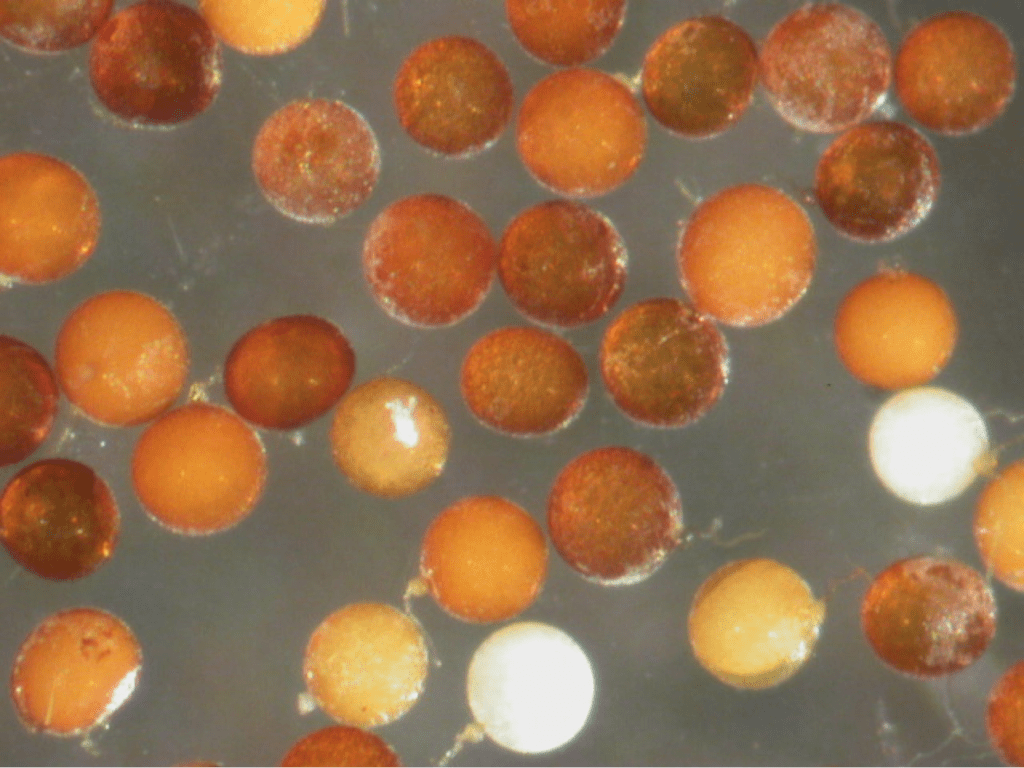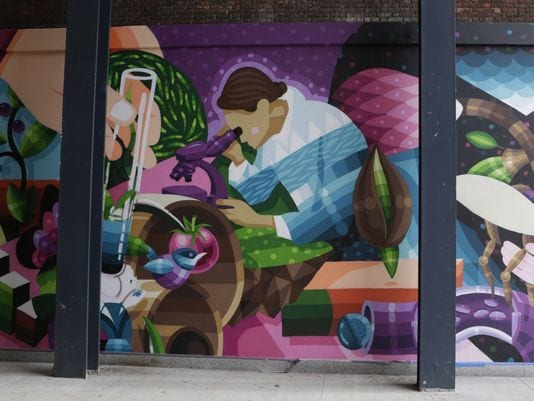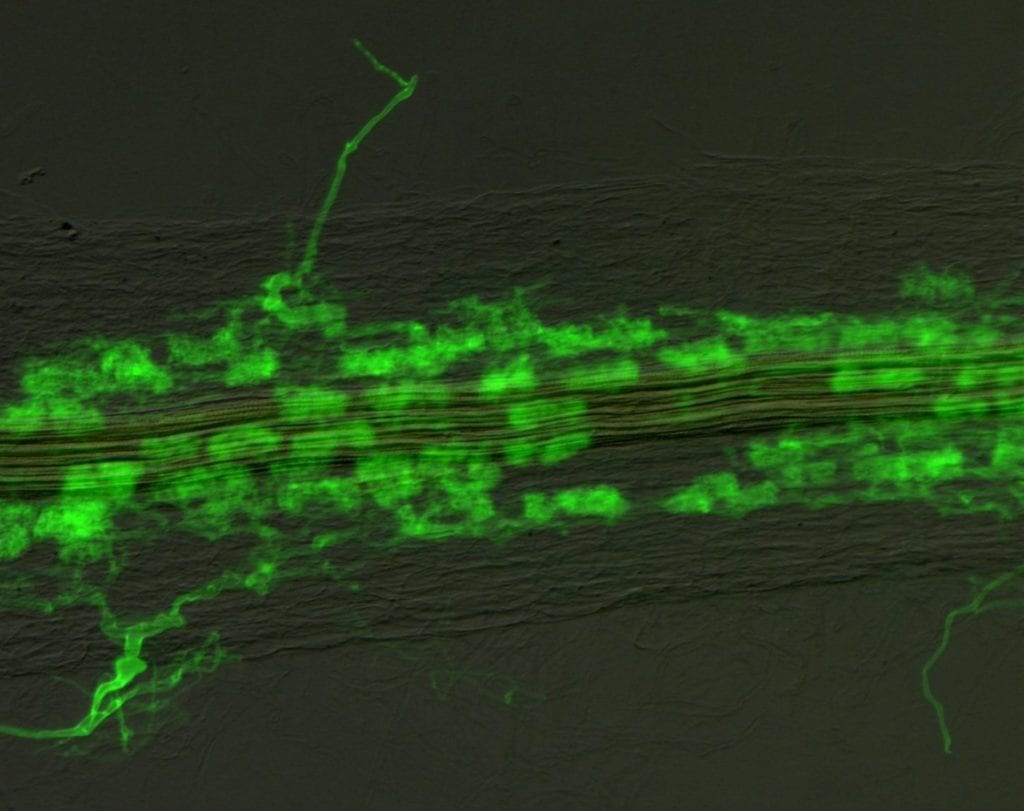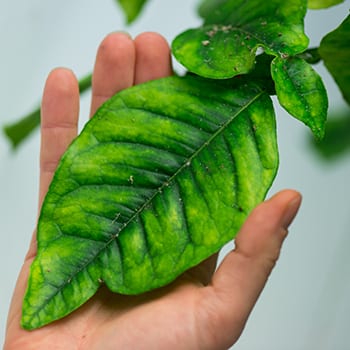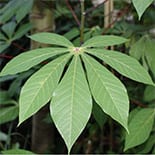October 2016
As we work our way through October, we’re preparing for an exciting new end of the year “Unrestricted Futures” annual fund campaign, as well as the upcoming November board meetings and fall dinner. The Development and Communications teams are reaching the...
Newly-published spinach genome will make more than Popeye stronger
Today in Nature Communications, researchers from BTI and the Shanghai Normal University report a new draft genome of Spinacia oleracea, better known as spinach. Additionally, the authors have sequenced the transcriptomes (all the RNA) of 120 cultivated and wild spinach plants, which has allowed them to identify which genetic changes have occurred due to domestication.
Science in seconds: Fabulous Fungi!
Dr. Armando Bravo of Maria Harrison's lab shares new research on the storied relationship between fungi and plant roots.
New graffiti mural for Yonkers’ Boyce Thompson Center
A beautiful graffiti mural has been completed at the old Boyce Thompson Institute in Yonkers, NY by artist Eelco van den Berg from The Netherlands.
400 million years of a stable relationship: clues to the molecular basis of balance in AM symbiosis
Researchers from the Harrison lab at BTI have identified a transcriptional program that drives arbuscule degeneration during AM symbiosis. This regulation of arbuscule lifespan has likely contributed to the 400MY stability of the symbiosis by preventing the persistence of fungal cheaters.
Feeding fat to fungi: evidence for lipid transfer in arbuscular mycorrhiza
Researchers from the labs of Dr. Maria Harrison at the Boyce Thompson Institute and Dr. Peter Dörmann at the University of Bonn have produced the first experimental evidence to suggest that AM fungi also get lipids from the plant. AM-induced FatM and RAM2 may play specific roles in the biosynthesis of 16:0 βMAG, which cannot be produced by the fungus, providing a clue to understanding the obligate nature of AM fungi.
Protecting our diversity: A statement from David Stern
"BTI is an international institution. The global reach of science, and its ability to traverse and dissolve cultural and national boundaries in the pursuit of knowledge and its applications, count among our core strengths. BTI scientists and staff hail from more...
Blue-bellied insects may play a role in fight against citrus greening
New research finds that the Asian citrus psyllid responds to the citrus greening bacterium by producing an oxygen-transporting protein called hemocyanin. The protein not only turns them blue, but suggests that they are trying to fight off the infection.
Global partnerships for improving cassava
Cassava geneticist Ismail Yusuf Rabbi from the International Institute of Tropical Agriculture (IITA) in Ibadan, Nigeria visited BTI and Cornell University last week to discuss his ongoing collaboration with NextGen Cassava.
BTI researchers share latest research at ag-genomics conference
The offices of data scientists at BTI emptied out earlier this month as a contingent of researchers flew to San Diego for the 25th annual Plant and Animal Genome Conference.

